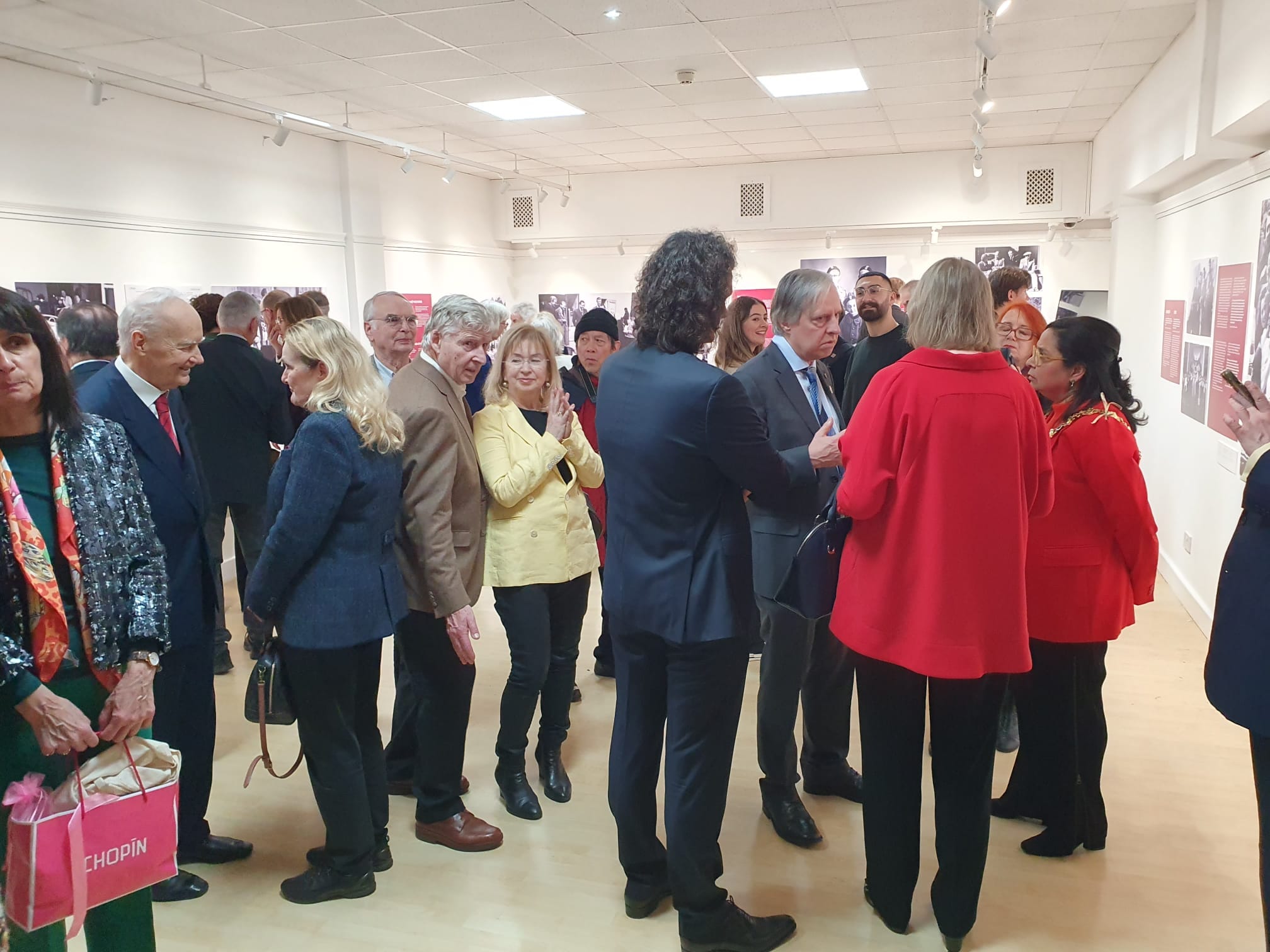
On February 18, 2024 at the POSK Gallery, in the presence of the ambassadors of Poland and France, an exhibition was opened telling the story of a Polish school established in occupied France, the Lycée de l’Ordre de la République. Cyprian K. Norwid.
What do we know about Villard High School?
Between 9 and 15 October 1940. A Polish High School was established in Villard-de-Lans.
The history of this school is not widely known. While Stalin and Hitler were destroying Poland, the Polish Government-in-exile created a unique, free-of-charge school for students maintained by the Polish Government in the Alpine town of Villard de Lans. It was the only such Polish school in occupied Europe. The School’s Name Cyprian Norwid, was a bastion of moral, cultural, and military resistance to the Nazis and their allies. The school, over time, successfully fulfilled its two main goals: to continue the fight against the enemy and to educate future leaders.
Initially, the school had 125 students. By 1946, the number had risen to 230. Characteristic was the age spread of the students, among whom there were even ten-year-olds. The oldest students were in their thirties and above.
In the first years of the High School’s existence, its students came from different backgrounds and social strata, and varied greatly in education and age. There were also children of war refugees, soldiers, civil servants, small landowners, or townspeople who arrived in France in 1939-40.
Many high school students stayed in Villard only until they passed their high school diplomas and, after receiving their high school diplomas, smuggled themselves to Britain to join the army and continue their studies at officer schools there.
The middle school ended with an exam called the “little high school diploma.” High school classes had two profiles: humanities, and mathematics and physics. The cycle of education ended with the baccalaureate, recognized by French university authorities as equivalent to the French baccalaureate and allowing entry to higher education in France (with the exception of the Medical Academies).
The curriculum was implemented in accordance with the program provided for secondary schools in Poland, but taking into account the specific conditions and location of the High School. French themes thus ran throughout the education. The language of instruction was Polish.
French language and literature were taught at an increased rate (five hours a week).
The grand opening of the exhibition was attended by the Ambassador of the Republic of Poland to London, Piotr Wilczek, President of POSK, Dr. Marek Laskiewicz, Ambassador of France Hélène Duchêne, Mayor of Kensington & Chelsea, Councillor Preety Hudd and Joanna Ciechanowska, Director of the Gallery, as well as Elvira Olbrich who heads the Art Department at POSK.

The opening of the exhibition was also accompanied by the screening of a documentary film titled “The World of the Future. “Away from the orchestra.”
The film tells the story of Zygmunt Lubicz Zaleski (1882-1967) – poet, writer, translator, critic of literature, art, music, doctor of philosophy and literary scholar. Forced to emigrate for political reasons, in 1914 he began a lively career as a lecturer of the Polish language in France. He initiated the lectures that became the nucleus of the first Polish Studies in France.
The screening of the film at the Raspberry Room was attended by the film’s director and screenwriter, Rafael Lewandowski.
The “House of Freedom” exhibition will be on display at the POSK Gallery until March 8, 2024.
Admission is free.
Text: Malgorzata Mroczkowska
Photos: Dariusz Kukawski





